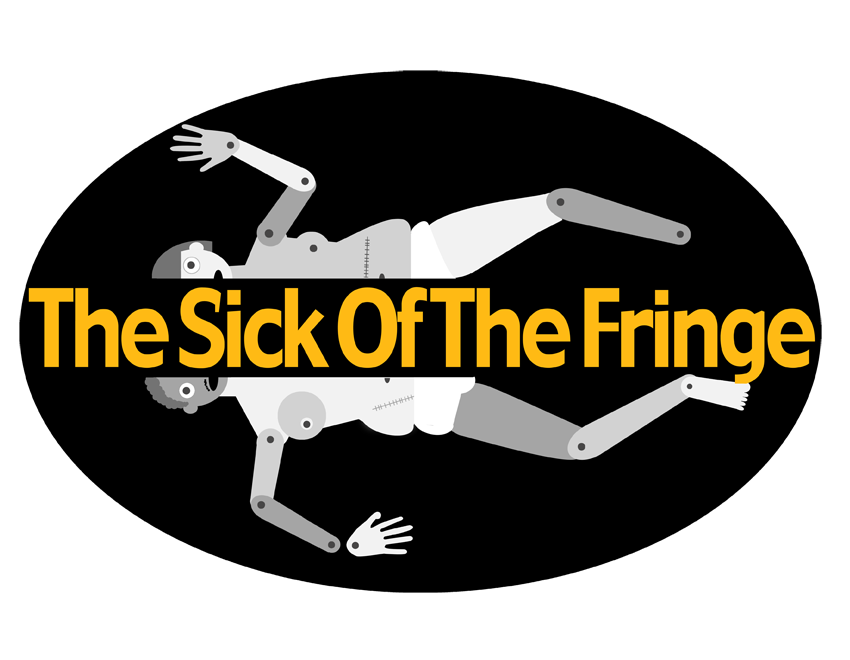Politically inspired by Naomi Klein’s Shock Doctrine, Dumbshow’s quite epic one hour play, performed by live accompaniment, covers a vast spectrum of issues related to mental health, psychiatry, torture, political strife and the importance of staying strong against oppression. The piece’s humble beginnings – in which now-redundant librarians break into their now-shuttered library to fetch seemingly innocuous, or even nostalgic, items left by an elderly woman – rapidly descends into a far-reaching look at how governments use fear to control populations. The ethics of psychiatric practice are looked at in depth, and reminiscent of shades of Kane’s 4.48 Psychosis, but here are more politically inflected. While the central character of Rose had, in fact, pursued psychiatric help (in the 1950s), the power of her psychiatrist to control and ruin her life in the name of research feel reminiscent of Mengele’s experiments at Auschwitz, or the horrifying syphilis experiments at Tuskegee. While we hope such experiments don’t exist anymore – particularly with excesses of ethics forms necessary for all human- and animal-based research, Electric Dreams highlights a still prevalent, and mostly-unquestioning attitude towards science and towards government. Do we still think that we will do anything for scientific, political or economic growth? What are the costs to our health, both physical and emotional? Both central characters initially live a life in which they are unable to remember their past, mostly for their own good, but grow into a space and place where they can incorporate these past horrors into both their lives and their activism in unique and inspiring ways. Ultimately, Electric Dreams is both a warning and a call to action, raising its flag high for a population which is anti-austerity, anti-torture, and empowered in their activism, as well as being a show which fiercely lambasts scientists who have ever used behavioural research to torture or otherwise harm, and the political leaders who would employ scientific research to learn about such things.
ELECTRIC DREAMS, Dumbshow, 7-30 August, Jack Dome, Pleasance Dome. Please check venue for accessibility.https://tickets.edfringe.com/whats-on#q=%22Electric%20Dreams%22
More about Dumbshow:http://www.dumbshow.org/
About KUBARK (CIA manual regarding torture): http://nsarchive.gwu.edu/NSAEBB/NSAEBB122/
Naomi Klein’s Shock Doctrine: http://www.naomiklein.org/shock-doctrine
On Dr. Cameron and torture psychology: http://www.mcgilldaily.com/2012/09/mk-ultraviolence/
At the end of a show about torture and psychology, you may need some light relief:https://www.youtube.com/watch?v=PE1lzqJCeJ0
